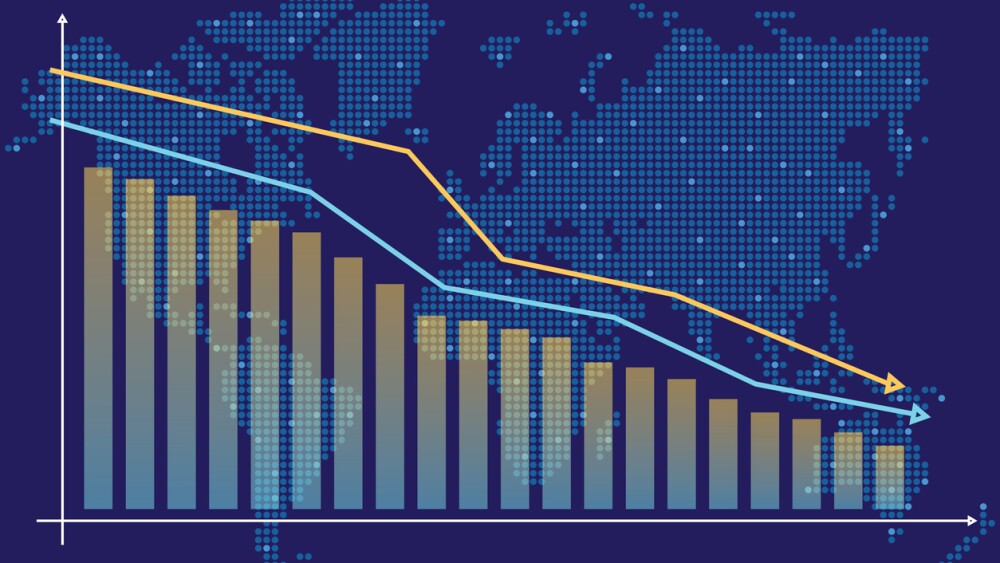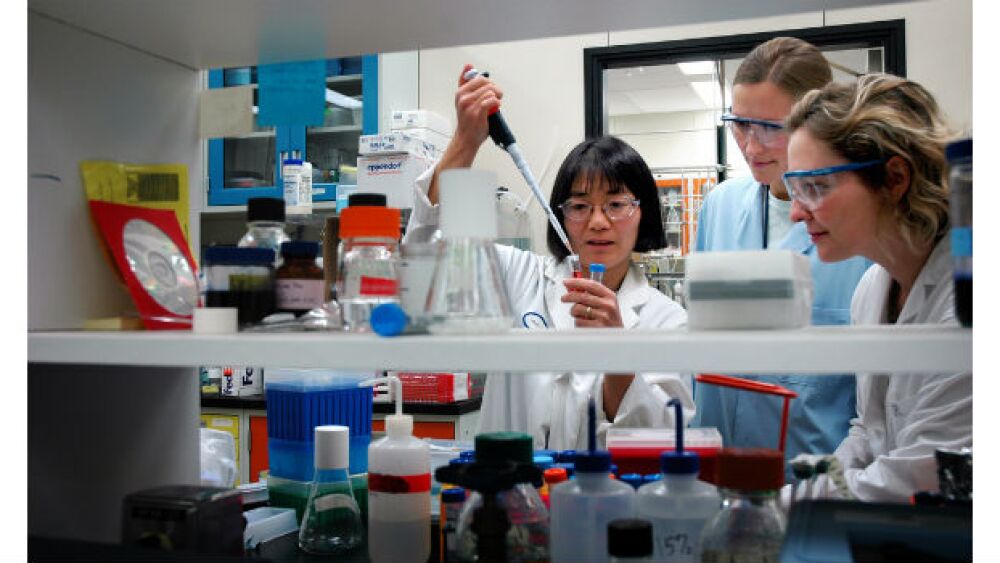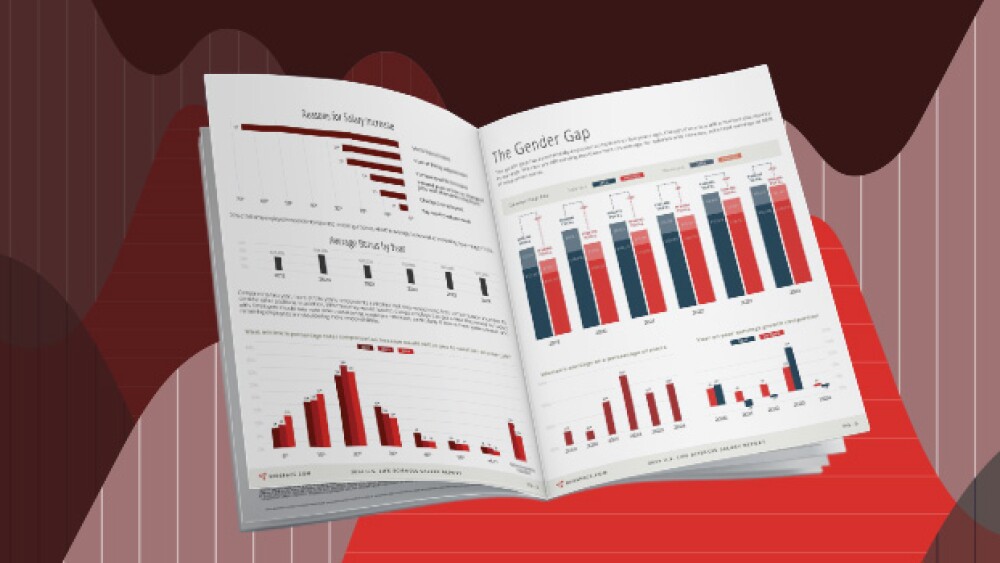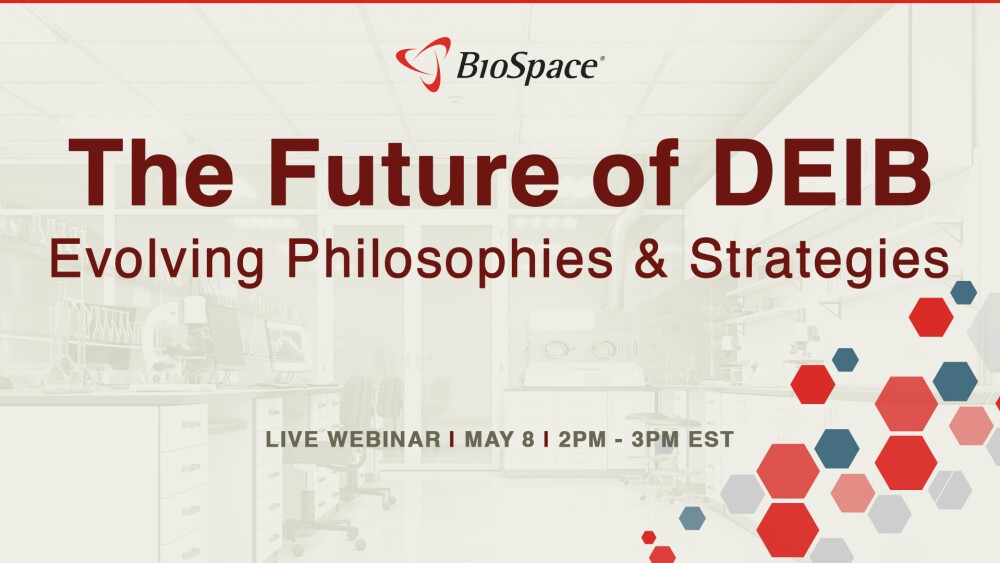Employer Resources
Insights to help you hire and manage your workforce
BioSpace’s Recruitment Market Q3 Update shows that both employers and employees in the life sciences have noticed quiet quitting in action. Read on to find out the signs, effects and prevalence of it in biopharma.
Labor Market Trends
1 in 5 respondents either have had or do have a fractional role, according to a recent BioSpace poll, and over half are considering it. Two recruitment experts, a fractional worker and an aspiring fractional worker share their insights.
California’s life sciences manufacturing jobs dipped 3.7% in 2024, according to a new Biocom California report. Still, several companies made—and continuing making—significant manufacturing investments in the state as key trends shape the discipline.
Given today’s available local talent pool, biopharma companies are less likely to turn toward international job candidates, according to a talent acquisition expert. Findings from two recent BioSpace LinkedIn polls underscore the issue.
BioSpace has named 50 biopharma companies to its 2025 Best Places to Work list, including Moderna and Sutro Biopharma, whose executives share what makes their organizations special.
BioSpace’s third report on diversity, equity, inclusion and belonging in life sciences examines dramatic shifts in attitude around diversity initiatives.
Female scientists are now quantitatively not getting the credit they deserve, according to a new study published in the scientific journal Nature.
Decentralized clinical trials may cost more upfront, but can have huge returns on the back end, according to speakers at Informa Connect’s Decentralized Clinical Trials meeting.
Representation of women in biotech is nearing parity, but this is not reaching the executive level, where there is still stark disparity.
RECRUITING
Happy employees mean a productive company. In order to attract top-notch job candidates, leave the following behaviors behind.
The key to retaining your employees is to keep them happy and fulfilled in their positions, but what is important to one person can be vastly different than that of another. So how do you retain your top talent?
When it comes to specific attributes, having the opportunity to do interesting and meaningful work, securing a competitive salary and having access to quality health benefits were the most important. Here are some differences when it comes to generational priorities.
Hiring top talent in the life sciences industry is extremely competitive, with 70% of employers increasing the number of open roles in their organizations in 2019.
What makes an organization a desirable employer? Do they need to be a large company with a recognizable name? Should the organization pay their employees more than others?
In the latest Ideal Employer Survey, BioSpace readers chimed in their thoughts on which companies across the biotech and biopharma industries were doing the most interesting and meaningful work.
BioSpace’s 2024 Salary Report explores the average salaries and salary trends of life sciences professionals.
WEBINARS
This discussion features DEIB leaders from California Life Sciences, MassBio, Eli Lilly and Takeda. We explore changing attitudes in the life sciences workforce, if organizations are adjusting either their DEIB or communication strategies, and how evolving philosophies around DEIB are impacting human resources and talent acquisition activities.



















